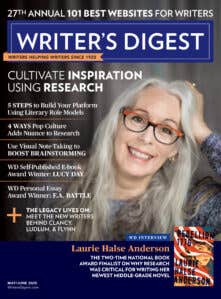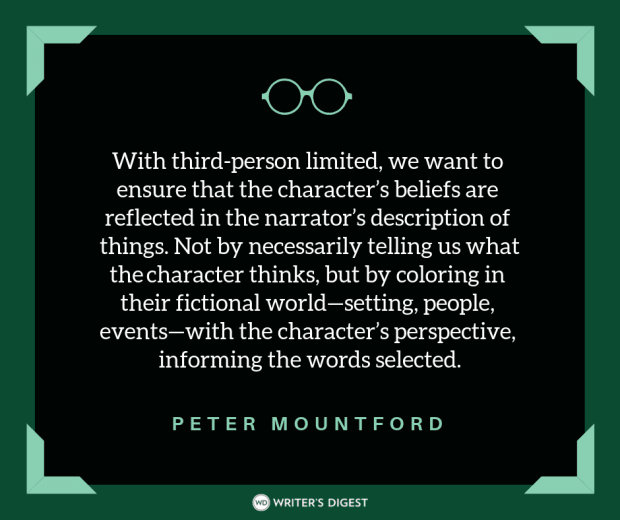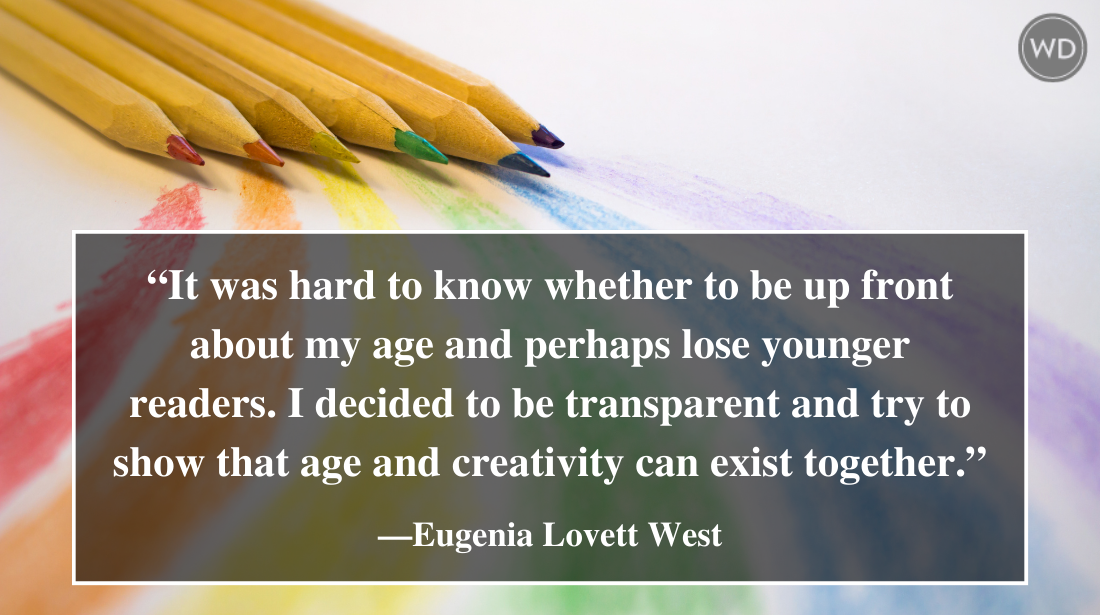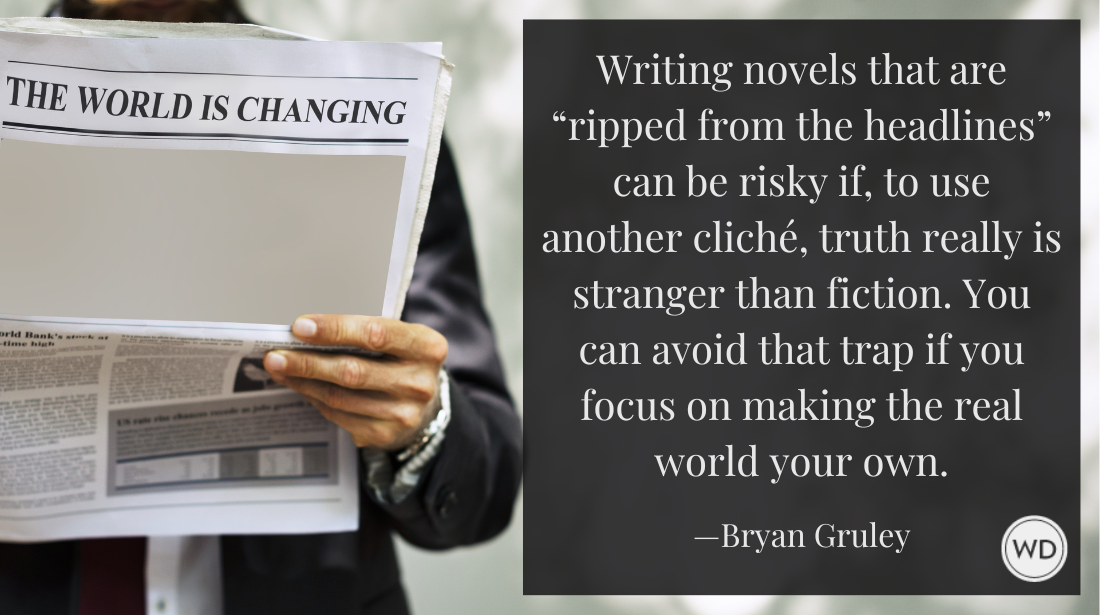Speed: Writing Fiction That Reads Fast
Today’s guest post is by writer Susan Cushman. Read her personal blog, learn about the 2011 Memphis Creative Nonfiction Workshop, and follow her on Facebook or Twitter. Above: John Brandon…
Today's guest post is by writer Susan Cushman. Read her personal blog, learn about the 2011 Memphis Creative Nonfiction Workshop, and follow her on Facebook or Twitter.
Above: John Brandon signing his latest novel, Citrus County, for Susan at Off Square Books in Oxford, Mississippi.
--
John Brandon gave a terrific craft talk called "Speed" during the Yoknapatawpha Summer Writers Workshop in Oxford, Miss., in June. Part of the talk included some rules for writing better dialogue. Another section was about how to engage the reader in the BIG picture (through plot) and the SMALLER PICTURE (through voice and authority).
John made it clear from the outset that he’s talking about writing that is quick LINE TO LINE, not in the big picture. He’s not talking about flash fiction. He’s talking about what happens on the cutting room floor, and about giving the reader something to do. Here’s what he suggests for the revision process:
Write your first draft. Wait a month, then start cutting.
Make the reader move to keep up with the text, always staying a quarter step ahead of the reader. So, if your plot points look like the following …
•
•
•
•
•
•
… consider cutting every other point, so it looks like this: (X = plot points that were cut)
•
X
•
X
•
X
By piling the best stuff on top of the other best stuff, you engage the reader. He said, “Think of your readers as gifted third graders—if you bore them, they’ll start burning ants. If you challenge them, they’ll follow you anywhere.”
This is where voice comes in—when you’re quick, the writing has authority. Don’t give the reader time to question your authority.
Even with dialogue, John suggests that much of your original draft should end up on the cutting room floor. If A and B are two characters engaged in dialogue, a scene might start like this …
A
B
A
B
A
B
… but it should end up like this:
A
B
(deleted line)
(deleted line)
A
B
Writing good dialogue isn’t just about cutting parts of it out. John left us with his 7 Rules for Writing Dialogue:
- Resist using adverbs in dialogue tags, e.g., she said uncertainly.
- No character should laugh at what another character says. This signals to the reader that it’s supposed to be funny—like telling them to laugh, rather than allowing them to laugh when the dialogue truly is funny.
- No character should be described by the narrator as being charming, funny, etc. He compared this to a guy saying, “I can throw a football 70 yards,” and then only making it 60.
- Be sparing with “Hey, how are you?” interactions. Only do this type of thing if it’s truly interesting.
- Don’t apologize for a change of subject. Don’t say, “Like we were talking about earlier …”
- Avoid Q&A in dialogue.
- Use “want to” rather than “have to” dialogue. In other words, don’t use dialogue as an opportunity for information dump. The dialogue should be there because the characters want to talk, not to serve the author’s need to relay information. In “want to” dialogue, the characters become real persons. They reveal themselves and entertain the reader.
Another tool John mentioned was summarizing dialogue: "They discussed politics." But even when you do this, it’s fine to add something colorful, like “John thinks everyone should have guns.” This is a great tactic to move the story forward quickly when dialogue isn’t really needed.
I’m revising the ten chapters of my novel-in-progress now, and I’m making use of John’s rules. But I’m also noticing when the writing occasionally sings, slowing the reader down for a moment to enjoy the sheer beauty of the language. I’m not sure if John’s advice works across the board—with literary fiction as well as commercial—but the sections of his novels I’ve read encourage me to pay attention to his wisdom.
How does his advice strike you, as a writer of fiction or creative nonfiction? Leave a comment and join the conversation.
Jane Friedman is a full-time entrepreneur (since 2014) and has 20 years of experience in the publishing industry. She is the co-founder of The Hot Sheet, the essential publishing industry newsletter for authors, and is the former publisher of Writer’s Digest. In addition to being a columnist with Publishers Weekly and a professor with The Great Courses, Jane maintains an award-winning blog for writers at JaneFriedman.com. Jane’s newest book is The Business of Being a Writer (University of Chicago Press, 2018).








